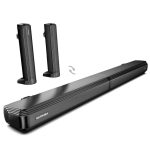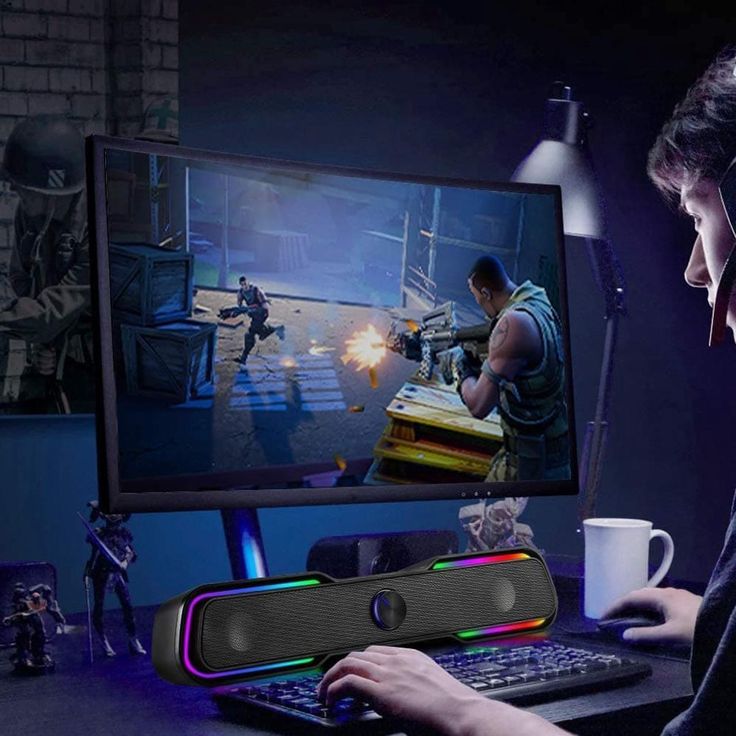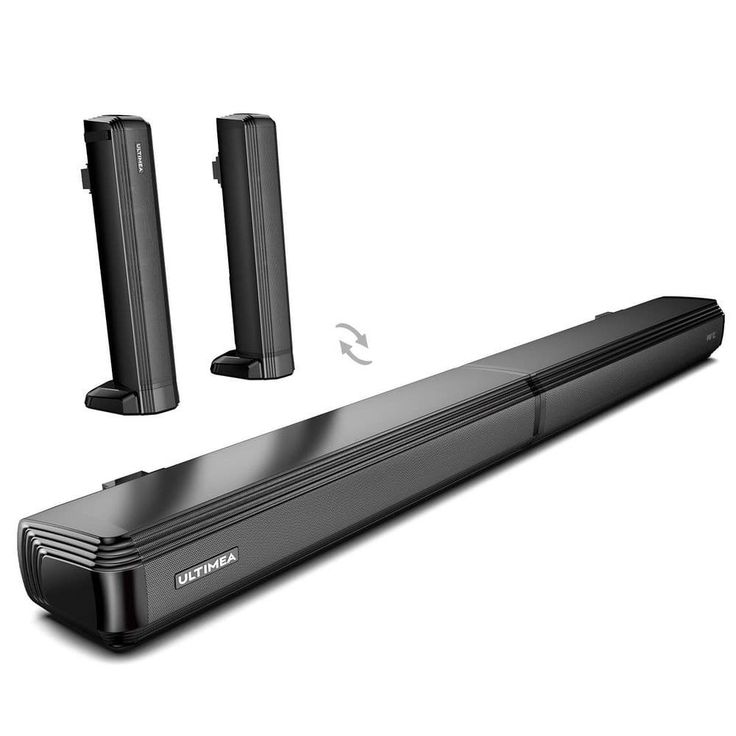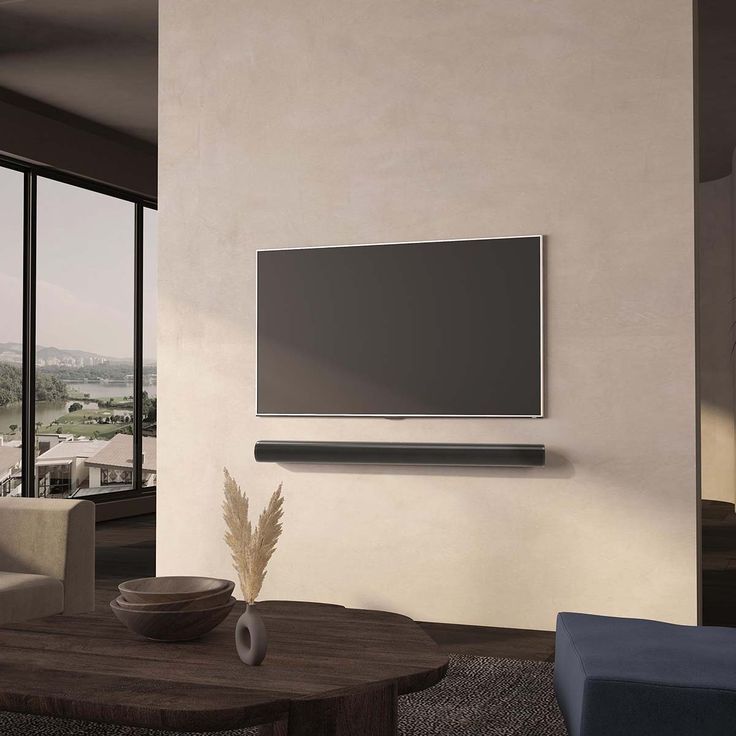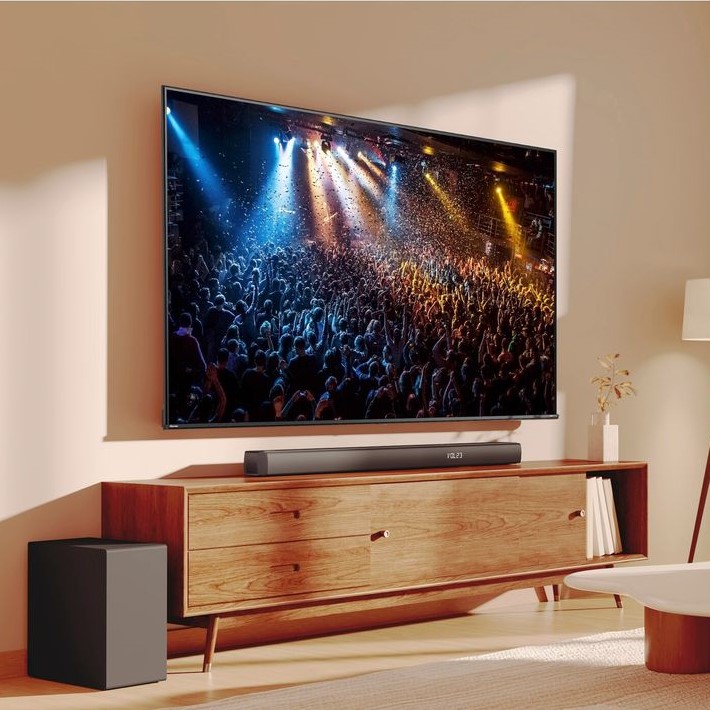Why Every Vinyl Lover Needs a Turntable Stand
For music lovers who enjoy the warm sound of vinyl, a turntable stand is more than just a piece of furniture—it’s an essential part of setting up a functional and stylish record-playing space. Whether you’re new to vinyl or a seasoned collector, having the right stand helps protect your equipment, improve sound quality, and keep everything organized in a neat, accessible way.
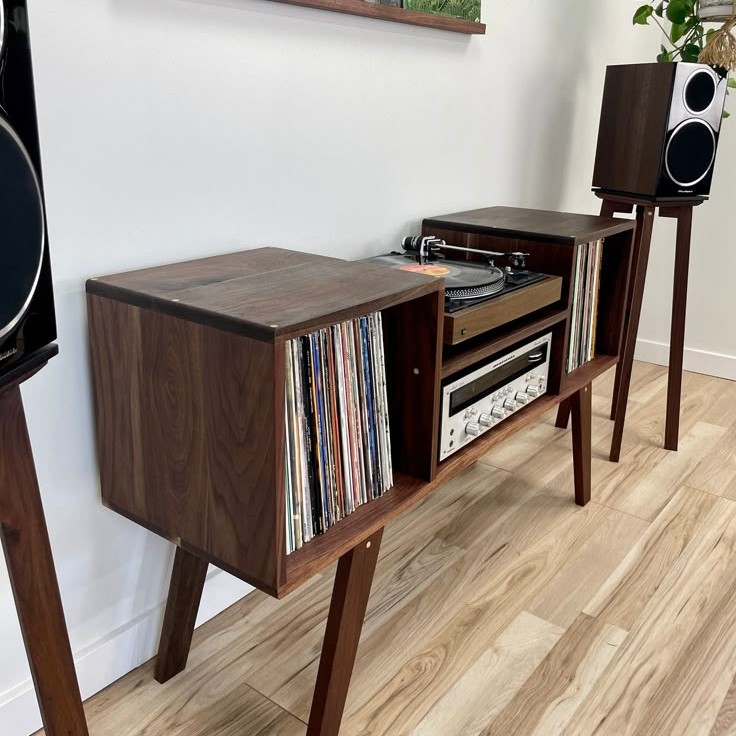
One of the main reasons to invest in a turntable stand is stability. Turntables are sensitive to vibrations, which can cause distortion or skipping during playback. A sturdy stand minimizes unwanted movement, ensuring your records play smoothly without interruptions. This is especially important if you live in an apartment or share a space where foot traffic or nearby speakers might interfere with your listening session.
Another benefit is storage. Many turntable stands come with built-in shelves or compartments designed specifically for holding vinyl records, headphones, cartridges, and other accessories. This keeps your gear protected and within reach while also adding a decorative touch to your room. For those with limited space, compact and multi-functional stands offer smart solutions that maximize utility without taking up too much floor area.
Additionally, a turntable stand adds aesthetic value. Whether you prefer minimalist modern designs or vintage-inspired wood finishes, there are stands to match any decor style. The right one not only elevates your setup but also shows off your love for music in a tasteful, personalized way.
Whether you’re setting up your first turntable or upgrading your current audio station, choosing the right turntable stand makes a real difference in both performance and presentation.
How Turntable Stands Improve Sound Quality and Performance
A turntable stand does more than hold your record player—it plays a crucial role in optimizing sound quality and overall performance. Since turntables are highly sensitive to vibrations, placing them on an unstable or unsuitable surface can lead to poor audio clarity and even damage over time. A well-designed stand reduces these risks, helping your records sound their best.
First, vibration isolation is key. Low-quality surfaces like tables or soft shelves can transfer movement from footsteps, speakers, or even air currents into the turntable. This causes the stylus to skip or distort the sound. A dedicated turntable stand, especially those made from dense materials like MDF, metal, or solid wood, absorbs external vibrations and prevents them from reaching your turntable. Some premium models even include suspension systems or rubber isolators for added protection.
Second, proper height and positioning matter for ease of use and ergonomics. A good stand places your turntable at the ideal level for accessing records, adjusting tonearms, and switching tracks. It also ensures proper alignment between your turntable and amplifier or speakers, contributing to better sound balance and listening comfort.
Third, airflow and dust protection are often overlooked benefits. Many stands feature open shelving or ventilation gaps that allow heat to escape, preventing overheating of connected components like phono preamps or receivers. Additionally, some stands come with removable covers or glass panels that shield your turntable from dust and accidental spills.
Key Features
When shopping for an affordable turntable stand, certain features help ensure you get the most value for your money. While price is important, focusing on functionality and build quality ensures long-term satisfaction and optimal performance for your record player. Here are the top elements to consider when choosing a budget-friendly option.
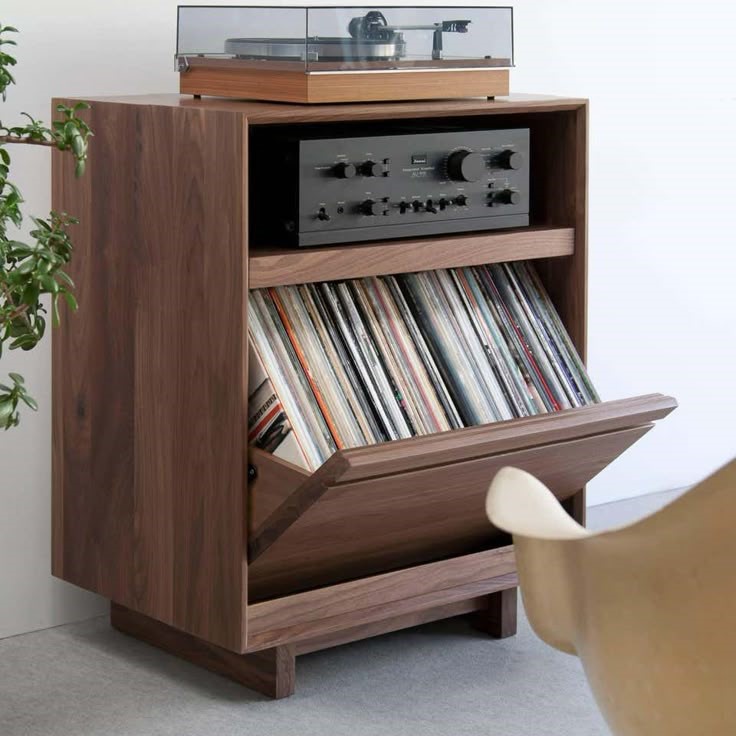
First, material quality matters a lot. Look for stands made from sturdy materials like MDF (medium-density fiberboard), solid wood, or metal frames. These materials provide excellent vibration damping, which is crucial for maintaining sound clarity. Avoid flimsy particle board or plastic-based stands, as they tend to amplify unwanted noise.
Next, size and weight capacity should match your specific needs. Measure your turntable and any additional components you plan to place on the stand, such as an amplifier or speaker system. Make sure the stand has enough surface area and vertical clearance to accommodate all your gear without overcrowding. Also, check the maximum weight limit to avoid strain on the structure.
Adjustable shelving is another useful feature. Some stands allow you to customize shelf heights to fit different-sized components. This flexibility helps organize your setup efficiently and protects your gear from being squeezed or stacked improperly.
Portability may be important depending on your lifestyle. If you move frequently or want to bring your turntable to parties or events, look for lightweight stands with built-in handles or foldable designs. Portable options make it easy to transport your setup without sacrificing stability during use.
Style and aesthetics shouldn’t be ignored, even on a budget. Many affordable stands come in sleek finishes that blend well with home décor. Whether you prefer a rustic wooden look or a modern industrial design, selecting a stand that matches your personal taste enhances your listening environment.
Different Types
There are several types of turntable stands available, each offering unique advantages depending on your space, budget, and preferences. Understanding the differences helps you choose the best option for your vinyl setup.
1. Compact Tabletop Stands – These are small, lightweight stands designed to sit on desks, dressers, or shelves. They are ideal for listeners with limited space or those who don’t want a large setup. While not the most stable, they work well for casual users who prioritize portability and simplicity.
2. Floor Standing Stands – These are the most common type of turntable stand and provide superior support. They usually have multiple shelves for storing records, amplifiers, and other audio gear. Their height and weight distribution help reduce vibrations, making them suitable for audiophiles who want improved sound quality.
3. Wall-Mounted Stands – Designed to hang on walls, these stands save floor space and offer a clean, modern look. They are perfect for small apartments or rooms with limited space. However, they may not be as stable as floor-standing models, so they’re best for lighter turntables and casual setups.
4. Rolling or Portable Stands – Equipped with wheels or handles, rolling stands offer flexibility for DJs, event hosts, or anyone who moves their turntable regularly. These stands are often compact and durable, making them great for parties or temporary setups.
5. Custom-Built Stands – For those who want a tailored solution, custom stands allow full control over size, material, and design. Though typically more expensive, they offer the best vibration control and aesthetics for serious audiophiles. Wood, concrete, and steel are popular choices for high-end builds.
Each type of turntable stand serves a different purpose. Choosing the right one depends on your space, equipment, and how seriously you take your vinyl listening experience.
How to Choose the Right Size and Fit for Your Turntable Stand
Selecting the correct size for your turntable stand is essential for both performance and convenience. An ill-fitting stand can lead to instability, poor sound quality, or even damage to your equipment. Here’s how to choose the best size for your needs.
Start by measuring your turntable. Take note of its width, depth, and height. Leave at least two inches of extra space around the turntable for airflow and easy access to controls. If you plan to store additional gear like an amplifier or receiver on the same shelf, factor in their dimensions as well.
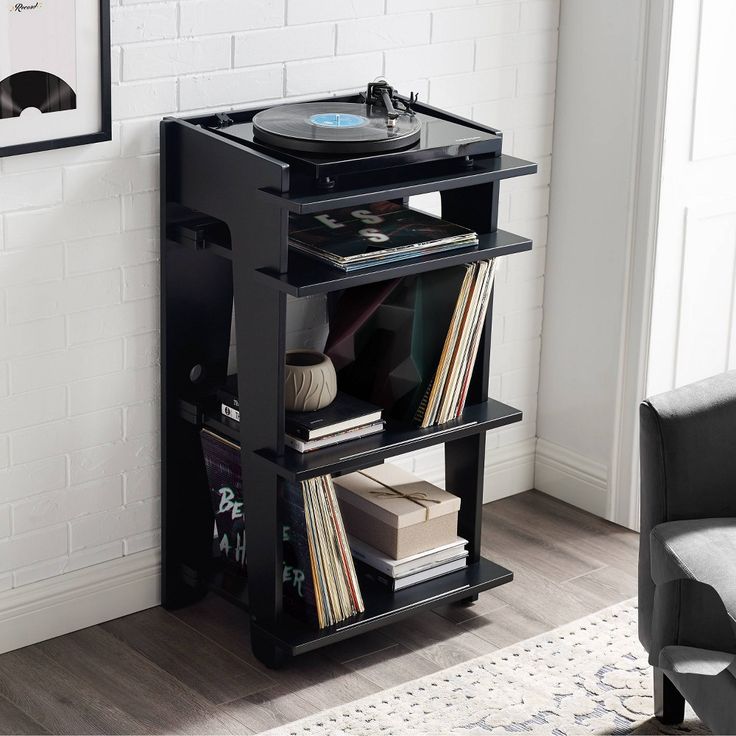
Consider shelf height and spacing. Most turntable stands have adjustable shelves, allowing you to customize the layout based on your gear. Ensure that the bottom shelf sits low enough to prevent tipping and that upper shelves provide enough clearance for cables and ventilation.
Think about room placement. Measure the area where you plan to put the stand. Leave enough space behind and beside the unit for cables, record storage, and easy access. If you plan to place the stand near a wall or next to furniture, double-check that doors or drawers open freely without obstruction.
Also, think about weight distribution. Heavier components like speakers or subwoofers should go on lower shelves to maintain balance and prevent tipping. Lightweight items like headphones or cleaning brushes can go on upper levels.
If possible, read customer reviews before purchasing. Many buyers mention whether the stand fits their turntable and how well it holds up under daily use. Pay attention to feedback about sturdiness, ease of assembly, and overall usability.
Choosing the right turntable stand size ensures your gear stays safe, your records remain organized, and your setup looks polished and professional.
Top Brands
Finding a reliable turntable stand doesn’t have to mean spending a fortune. Several brands offer affordable yet high-quality stands that cater to both beginners and experienced vinyl enthusiasts. Here are some top manufacturers known for producing cost-effective and practical options.
1. Onkyo – Known for its audio equipment, Onkyo also offers well-built stands designed to complement turntables. Their stands focus on stability and vibration control, making them ideal for entry-level to mid-range setups.
2. Audio-Technica – While primarily known for turntables and headphones, Audio-Technica recommends compatible stands that enhance performance. Their partner brands often produce stands with reinforced shelves and non-slip pads to keep your turntable secure.
3. U-Turn Audio – U-Turn Audio provides a range of turntables and matching stands that are simple, elegant, and budget-friendly. Their stands are designed with vinyl lovers in mind, offering clean lines and sturdy construction.
4. IKEA – For those on a tight budget, IKEA offers customizable shelving units that work well as DIY turntable stands. Models like the KALLAX or LACK series are popular among vinyl collectors due to their modular design and affordability. With a few modifications like anti-vibration mats, they can perform almost as well as dedicated stands.
5. Monoprice – Monoprice delivers a variety of budget-friendly electronics accessories, including turntable stands. Their models often feature adjustable shelves, reinforced frames, and compact designs suited for small spaces.
6. Furman – Furman is known for its power conditioners, but many of its stands are designed with audio equipment in mind. These stands combine durability with acoustic optimization, making them a smart choice for those who care about sound quality.
These brands offer excellent options for finding a dependable turntable stand that supports your gear and enhances your listening experience—without breaking the bank.
How to Set Up and Organize Your Turntable Stand
Setting up your turntable stand properly ensures your vinyl setup functions at its best while looking clean and organized. A well-planned arrangement improves accessibility, protects your equipment, and enhances the overall aesthetic of your listening space. Follow these steps to set up your stand efficiently.
Start by choosing the right location. Place your turntable stand away from high-traffic areas and sources of vibration like speakers or windows. A flat, stable floor is essential to minimize movement that could affect playback quality. Avoid carpeted floors unless the stand includes adjustable feet to compensate for uneven surfaces.
Next, place the turntable on the top shelf. Make sure it sits securely and has enough space around it for handling records and adjusting settings. Use anti-vibration pads or isolation feet to further reduce any residual shaking from footsteps or nearby bass.
Arrange amplifiers and receivers on lower shelves. Placing heavier components below helps maintain balance and stability. Keep them spaced out to allow for proper ventilation and cable management. Use cable ties or clips to keep wires tidy and prevent accidental pulls or tangles.
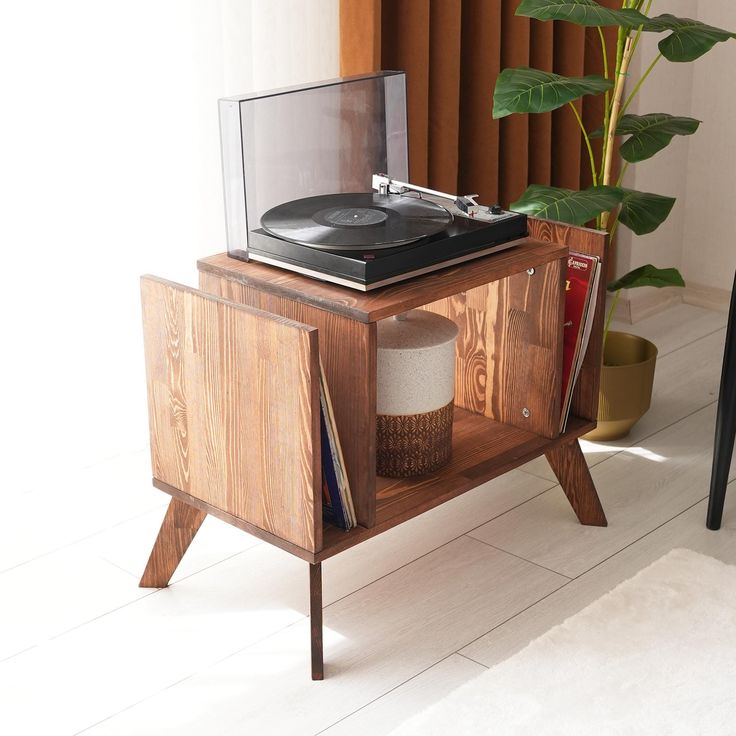
Add record storage beneath or beside the turntable. Many stands include dedicated shelves for vinyl records, which keeps your collection easily accessible. Store records upright in their sleeves to prevent warping and damage. Consider using labeled bins or dividers to sort your collection by genre, artist, or frequency of use.
Include accessories on secondary shelves. Headphones, cleaning kits, slipmats, and extra cartridges should be kept close by but out of the way. Use small baskets or trays to keep smaller items together and avoid clutter.
Common Mistakes
Even the best turntable stand can fail to deliver optimal performance if not chosen or used correctly. Many users make simple mistakes that impact sound quality, stability, and longevity of their setup. Being aware of these errors ensures a smoother and more enjoyable vinyl experience.
One common mistake is placing the turntable on an unstable surface. Some users place their turntable directly on a wobbly desk or thin shelf, which increases the risk of vibration interference. Always choose a sturdy turntable stand that minimizes movement and provides a firm base for your gear.
Another error is ignoring vibration control. Even the most stable stand can still transmit minor vibrations from the floor or nearby speakers. To reduce this, place your turntable on anti-vibration pads or isolation feet. This simple step significantly improves sound clarity and prevents skips during playback.
Many people also overload the stand with heavy equipment. Stacking too many components on a single shelf can shift the center of gravity and increase the risk of tipping. Distribute weight evenly and place heavier gear on lower shelves to maintain balance.
Some users neglect cable management. Leaving wires tangled and exposed creates a safety hazard and looks messy. Use cable clips, Velcro straps, or built-in cable ports to keep everything neat and out of the way.
Another oversight is not measuring the space before buying a stand. Failing to check dimensions can result in a stand that’s too big, too small, or difficult to maneuver through doorways. Always measure your room and turntable setup before purchasing.
How to Care for and Maintain Your Turntable Stand
Proper maintenance of your turntable stand ensures it remains sturdy, functional, and visually appealing for years. Whether it’s made of wood, metal, or composite materials, regular care helps preserve both structure and performance. Here are some effective ways to keep your stand in top condition.
Begin by cleaning the surface regularly. Dust accumulates quickly, especially on shelves that hold vinyl records and electronic gear. Wipe down the shelves with a microfiber cloth and mild cleaner. For wooden stands, use a polish that nourishes the finish without leaving residue. Avoid harsh chemicals that can strip color or damage the surface.
Check for loose screws or joints every few months. Over time, movement and adjustments can cause hardware to loosen. Use a screwdriver or Allen wrench to tighten fittings and ensure everything remains stable. If the stand feels wobbly, reinforce it with brackets or wall mounts for added security.
Protect the wood finish from scratches and moisture. Use felt pads under heavy components to prevent marks. If the stand is placed near a window or radiator, apply a UV-protective polish to prevent fading from sunlight. In humid environments, place silica packs or a dehumidifier nearby to avoid warping or mold growth.
Keep the cable organization system updated. As you add new components, adjust cable ties or routing methods to prevent tangling or stress on connections. Regularly inspect wires for wear and replace damaged ones to avoid electrical issues.
Finally, avoid placing drinks or food near the stand. Accidental spills can ruin wood finishes or damage sensitive equipment. Keep liquids away and clean up any accidents immediately to prevent permanent stains or structural harm.
With consistent care, your turntable stand will continue to serve as a stable and attractive home for your vinyl setup.
Final Thoughts
An affordable turntable stand is more than just a place to store your record player—it’s a foundation that enhances both performance and enjoyment. By selecting the right stand, you create a stable, organized, and visually pleasing setup that complements your listening experience.
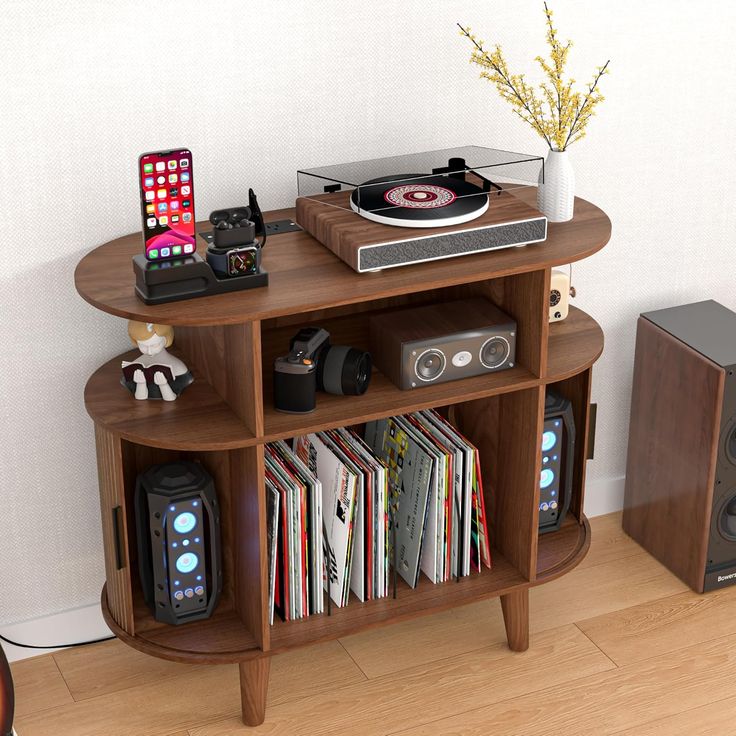
From understanding the importance of vibration control to choosing the right size and material, careful consideration ensures your turntable performs at its best. Whether you’re working with a small apartment or a dedicated listening room, there are budget-friendly options that meet your needs without sacrificing quality.
Brands like Onkyo, Audio-Technica, and IKEA offer excellent choices for different budgets and styles. With the right stand, you can protect your gear, optimize sound quality, and keep your records neatly stored.
Setting up and maintaining your stand correctly extends its lifespan and keeps your vinyl system running smoothly. By avoiding common mistakes and following simple care tips, you ensure long-term reliability and performance.
Ultimately, a well-chosen turntable stand transforms your record setup from a basic entertainment device into a refined, organized, and immersive musical experience. Whether you’re a beginner or a dedicated audiophile, investing in the right stand is a smart move that enhances both function and style.




